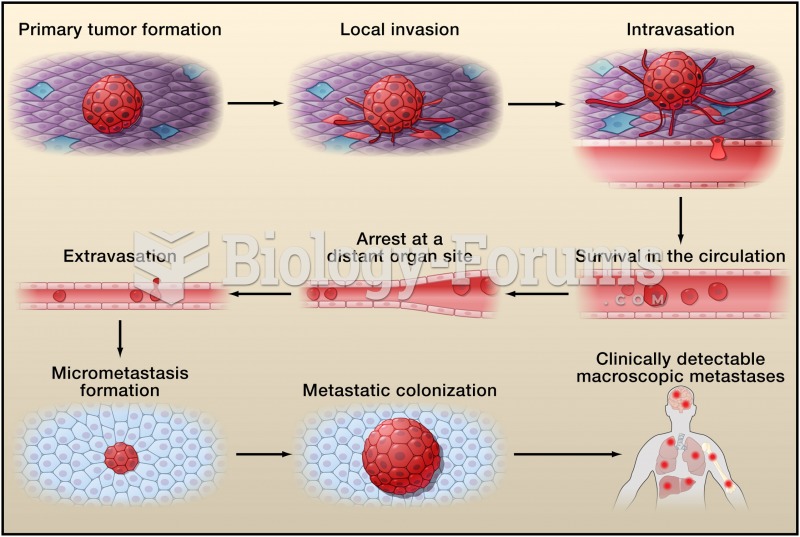Answer to Question 1
We do not want to wait 20 years to find out that a new food additive causes cancer, so we turn to animal testing to find out now what might happen in the future. A test involving several hundred animals (usually mice) takes about 3 years and costs more than 250,000 . If a significant number of the animals develop tumors after having been feed the substance being tested, then the substance is either a possible or probable human carcinogen, depending on the strength of the results. Although there are obvious differences between rodents and humans, all chemicals shown by epidemiological studies to be human carcinogens are also carcinogenic to test animals, suggesting that animal tests have some predictive value for humans. In the past, chemical manufacturers that were interested in assessing the safety of pesticides (in order to have their products approved for use) paid human subjects to test the products. Such tests are far less expensive than the usual animal testing. (Volunteers may be paid only a few hundred dollars; mice apparently charge much higher fees) A National Academy of Sciences panel addressed this topic in 1998, stating that the use of human volunteers to facilitate the interests of industry or of agriculture' is unjustifiable. The EPA agreed and banned any use of such tests. However, recently the Bush administration, responding to requests from manufacturers, pressed the EPA to reevaluate its policy and allow human testing. A new rule from EPA forbids such testing on children and pregnant women (but allows it for others), satisfying the pesticide manufacturers. Another source of information is the chemical process itself: What are its physical and chemical properties, and what mode of action might the chemical process take in inducing cancer? Hazard assessment takes a weight-of-evidence' approach to determining the carcinogenic potential of a chemical of process. Standard descriptors are used in its conclusions, such as likely to be carcinogenic to humans.' In the end hazard assessment tells us what may be a problem.
Answer to Question 2
Biodiversity is the result of speciation and extinction occurring over time, and the result of these two processes has been the gradual increase in the number of species. No one knows how much biodiversity exists. Estimates range widely, and the upper-limit estimates keep rising. Groups especially rich in species are the flowering plants (270,000 species) and the insects (950,000 species), but even less diverse groups, such as birds or ferns, are rich with species that are unknown to most people.







